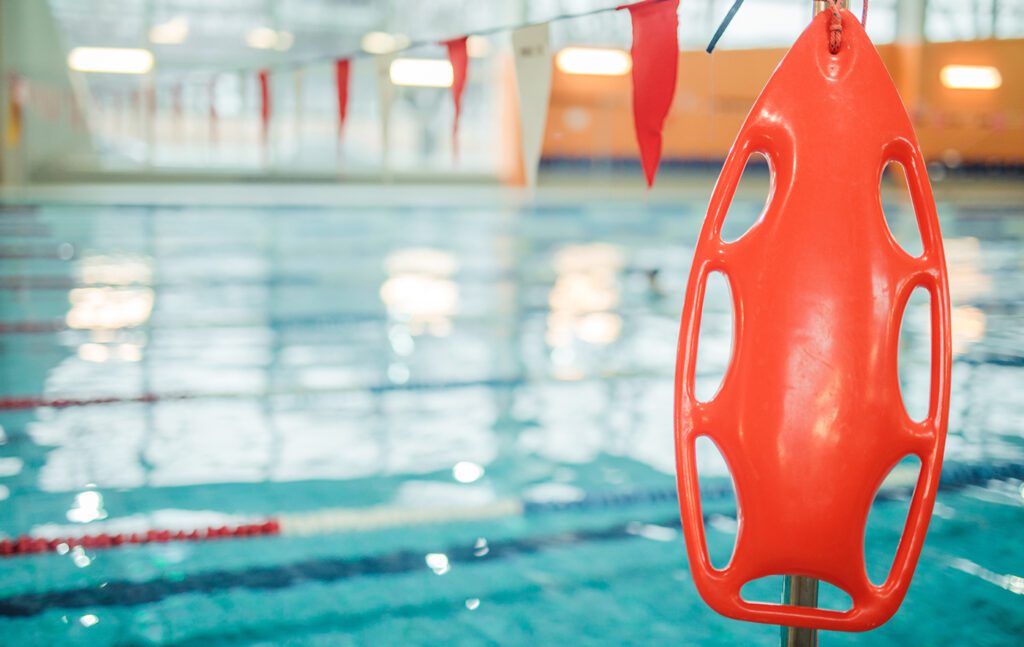What is drowning related OCD?
| Harm OCD focused on drowning involves fears about drowning accidentally or causing oneself to drown on purpose. People who experience Harm OCD about drowning have intense intrusive thoughts or worries called obsessions about different circumstances in which they could drown. People who experience Harm OCD about drowning often report spending large amounts of time both worrying about and trying to avoid situations in which drowning might occur. OCD centered on a fear of drowning most commonly involves intrusive thoughts, images, or urges related to drowning, coupled with compulsions done to avoid anything associated with drowning, or to avoid these intrusive thoughts themselves. People with Harm OCD about drowning frequently report feeling moderate to severe distress from their obsessions involving drowning, and report that OCD significantly impacts their functioning in various areas of their life. |
OCD related to drowning – Common obsessions
- What if I drown accidentally?
- What if I drown myself on purpose?
- What if someone else drowns me?
- What if someone I care about drowns?
- What if I witness someone drown?
- Can I swim well enough?
- Is my swimming pool safe enough?
- Am I near any bodies of water?
- What if there is a flood and I drown?
- What if I drown in the shower?
- What if I get too tired while swimming and drown?
Common triggers
People with Harm OCD centered on a fear of drowning may be triggered by situations involving swimming, or involving liquid in which a person might be able to drown:
- Swimming
- Pools
- Bathtubs
- Hot tubs
- Bodies of water
- Swimming accessories
- Eating before swimming
- No lifeguard on duty
- Boats
- Baptisms
- Water sports
- Not being able to “swim enough”
- Driving over bridges
- Rain
- Hearing about flooding or a chance of flooding
- Being with children around water
- Hearing stories of people drowning
- Pictures of the beach
How can I tell if I’m experiencing drowning fears from OCD, and not anxiety or reasonable caution about drowning?
People with Harm OCD will experience obsessions—intrusive thoughts, urges, or images—and compulsions—things one does to neutralize their obsessions, reduce anxiety, or prevent a feared outcome. In OCD, people typically report spending at least 1 hour a day engaged in compulsions in response to their obsessions. However, people who have a fear of drowning may avoid large bodies of water or pools, but may have no concerns about drowning when not near water and therefore not engage in compulsions on a daily basis.
Common compulsions
When people with Harm OCD focused on drowning experience intrusive thoughts, images, feelings, or urges that cause distress, they may do compulsions mentally or physically in an attempt to suppress these thoughts, reduce their anxiety, or avoid a feared outcome. Most people with OCD report that trying to stop, replace or neutralize intrusive thoughts is very difficult, if not impossible.
People report engaging in a very wide range of compulsions in response to fears about drowning. Common mental compulsions include analyzing memories, interactions, ideas, feelings, and similar mental actions. Physical compulsions include anything one can do physically to help neutralize your obsessions, avoid discomfort, or reduce anxiety and uncertainty.
Compulsions performed mentally or physically by people with Harm OCD focused on drowning include:
- Asking others about safety precautions involving water/liquid
- Telling others to follow safety precautions involving water/liquid
- Avoiding bodies of water
- Avoiding bathtubs or hot tubs
- Replacing intrusive thoughts and images with preferred thoughts and images
- Monitoring the weather for rain or flooding
- Avoiding watching the weather, especially rain or flooding
- Keeping flotation devices in car, home or on person
- Avoiding bridges
- Avoiding eating before or close to a specific time before swimming
- Avoiding exposure to swim accessories
- Repeating words, numbers or phrases in order to feel safe
How to treat fear of drowning
Harm OCD about drowning can be debilitating for people who struggle with it, but it is highly treatable. By doing exposure and response prevention (ERP) therapy with an OCD specialist, you can learn to manage obsessions and compulsions in ways that stop the OCD cycle, reduce your related anxiety, and give you your life back.
ERP is the gold standard treatment for people with OCD, backed with decades of clinical research. In ERP, you and your therapist design exposures, or exercises done to gradually expose you to feared stimuli. Exposures are meant to trigger manageable amounts of anxiety so that you can practice response prevention and resist engaging in compulsions like avoidance, reassurance-seeking, or thought replacement. In time, by resisting the urge to engage in compulsions in response to anxiety, you will learn to tolerate uncertainty about drowning and your intrusive thoughts, images, and urges will cause less anxiety over time.
Examples of possible exposures done to treat Harm OCD focused on drowning include:
- Writing an imaginal script of becoming psychotic and doing a feared action
- Going to sit by a pool and imagining the sensation of drowning
- Writing a worst-case scenario about someone drowning in your local pool
- Listening to ocean waves and imagining swimming in the ocean while focusing on the message: “It is possible that I drown today”

